After spending a week in D.C. speaking with and hanging out with queer people, both those who are resisting President Trump and those who are celebrating his win, I couldn't help thinking about how divided the two communities are.
I attended Trump's inauguration and stopped to chat with queer people along the way. One man was wearing a flag wrapped around him that read "And Still We Rise." It was inspiring to see him wave that flag proudly, knowing that he was about to walk into a sea of Trump supporters.
He was aware of the danger, as he told me. "It's really scary to me, to be honest," he said. "I do feel with this flag around me I have a target on my back a bit. I'm OK with that. I have a GoPro in case anything happens. I'm documenting." And he's not alone. It's a fear many LGBT people have. Our history is being erased electronically, and Monday Trump's press secretary, Sean Spicer, told a reporter that he's unsure whether the president will maintain a nondiscrimination order that protects LGBT federal contractors.
As I made my way through the crowd of Trump supporters in D.C. during the inauguration I thought about how this is probably the first time a large concentrated group of both Trump supporters and anti-Trump people shared a space together. It's a divide within larger society, but also one we see within the LGBT community. One queer protester at the inauguration who I chatted with wore a red, white, and blue snowsuit. He told me he felt like he resembled a clown but that it was an accurate depiction of America's current state.
"I look at myself and I feel like I embody how I see America right now, this obnoxious clown. There's nothing but red, whites, and blues. One big joke!" he said. Many Trump supporters assumed that he was one of them because of his patriotic attire, but he saw this as an advantage because it provided an opening for discussion, an opening that will show people like Vice President Mike Pence that you can be patriotic and still be gay, and that it is American to protest an anti-LGBT politician.
"I'm gonna dress up in red, white, and blue, and say guess what? You can't get rid of me because I'm American too!" the protester told The Advocate.
I spent some time with gay Trump supporters on inauguration night at a "gay deploraball." The mood was celebratory. Pepe the Frog was going strong. A guy drank out of a "SJW Tears" cup. Trump supporters were posing, smiling in a photo booth with their friends. Beyonce played on the speakers. There were pride flags on the tables. People cheered when Trump's name came up. A man even dressed up as Trump, wig and all, at one point and delivered a takedown of Hillary Clinton from the stage to cheers from the crowd.
Only two days earlier I had found myself outside of Mike Pence's rented residence in the Chevy Chase neighborhood of northwestern D.C., where protesters twerked and spun around the intersection where Pence usually comes and goes without fanfare. It's usually a quiet ride for Pence, I'm sure, but that night the queer protesters brought the glitter, they brought the magic, and they brought an energy that made light out of a dark fear many LGBT people have of what may come under a Trump administration. It's a deposit that the queer community will have to continually pull from to maintain our sanity.
Going from being in a room with gay Republicans who were ecstatic about Trump's win and being in community with queer people who were using dance as a form of protest, I tried thinking about how these two groups of LGBT people are connected. Their political interests may strongly differ, but at the end of the day, regardless of what either side says, they are both part of the LGBT community.
How does the LGBT community celebrate a Trump presidency on one day and then protest it on another day? It's a question that I put to both sides. At the gay deploraball, I spoke with Robert Luke Antonek, an organizer of the Gays for Trump event, who told me, "The only way you can really get started doing that is to stop creating this right or wrong, good or bad, evil versus good mentaility and say everybody has a reason to believe what they believe. Why do you believe it? Let's engage. Hard to do."
Knowing that the "liberal" LGBT community held a protest outside of the vice president's house and comparing that event to the gay deploraball, I asked Antonek what he thought about how the two parts of the LGBT community were ringing in the inauguration. "These are two different groups of LGBT people expressing their opinions," he said. "We're doing ours here in this environment because we chose this, this is what we want to do, but they have every right to do what they want to do."
At the Women's March on Washington, I asked a queer woman who attended the march with her queer friends what she thought about LGBT Republicans celebrating Trump's win while she was protesting it the day after.
"I would be curious what percentage of them are white cisgender males because I think that has a lot to do with it -- if your only vector of marginalization is your sexual orientation, I think that there's a lot of ways in which you don't experience oppression in a way that would help you identify with other people who are also facing that struggle," said Hillela Simpson.
"When you add it in with any other like identity, so if you're also a woman or you're not cisgender or you're a person of color, that adds layers that helps realize how interconnected our struggles are," she added. "That's a huge divide between the white, gay, cisgender community."
The protests against Trump continue as we enter day six of his presidency. There have been threats from politicians who want to make protesting a crime, but what kind of government criminalizes dissent?
As Antonek told me when I posed the question about unity between LGBT liberals and conservatives, "Living in America, you have the right to express yourself, and the minute that we turn that down is the minute that we have a problem."
YEZMIN VILLARREAL is The Advocate's news editor. Follow her on Twitter @YezYes.








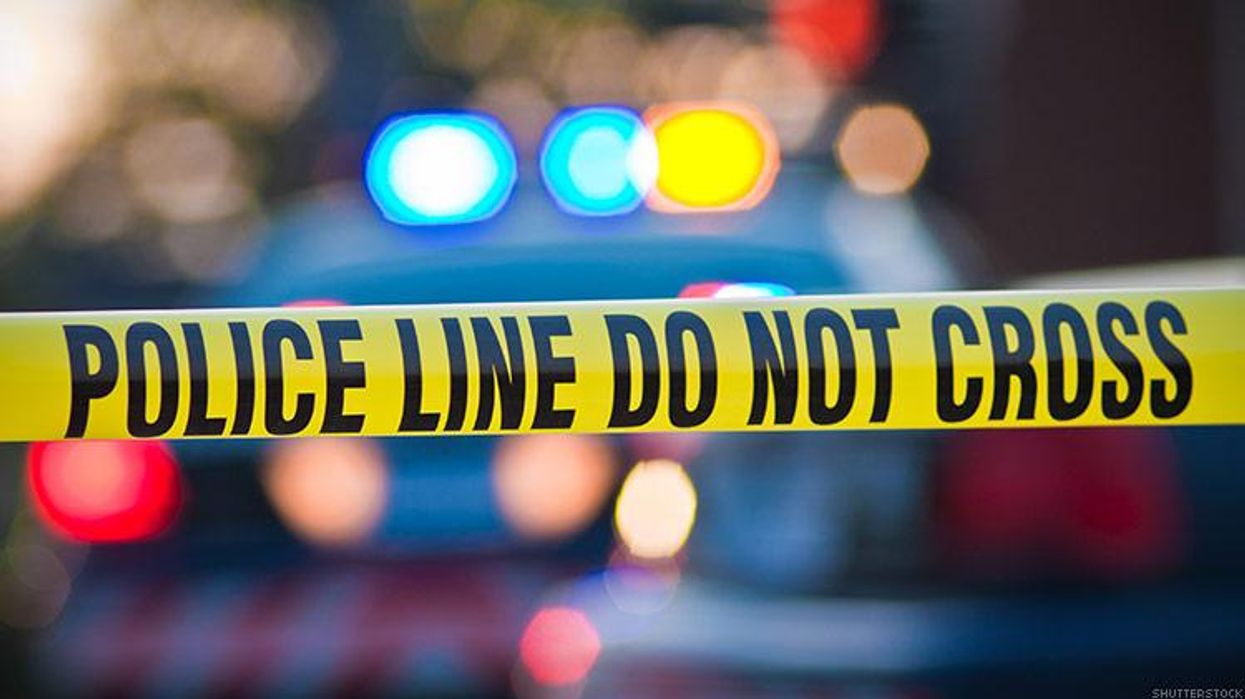
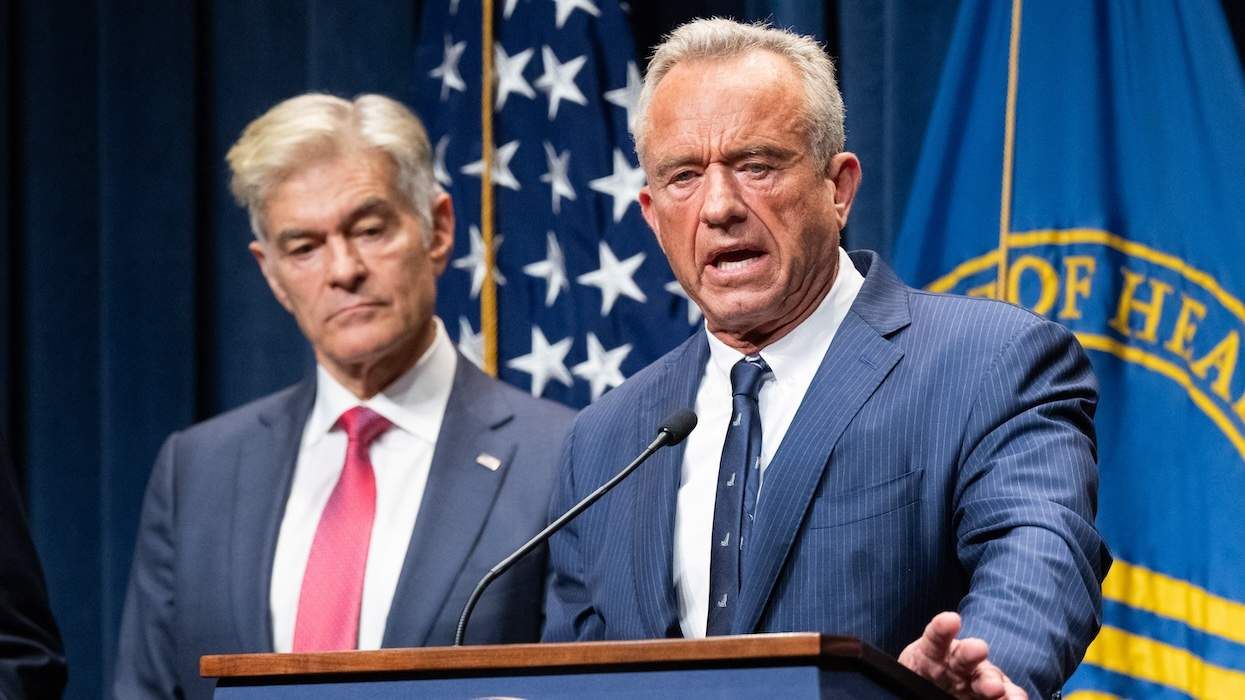
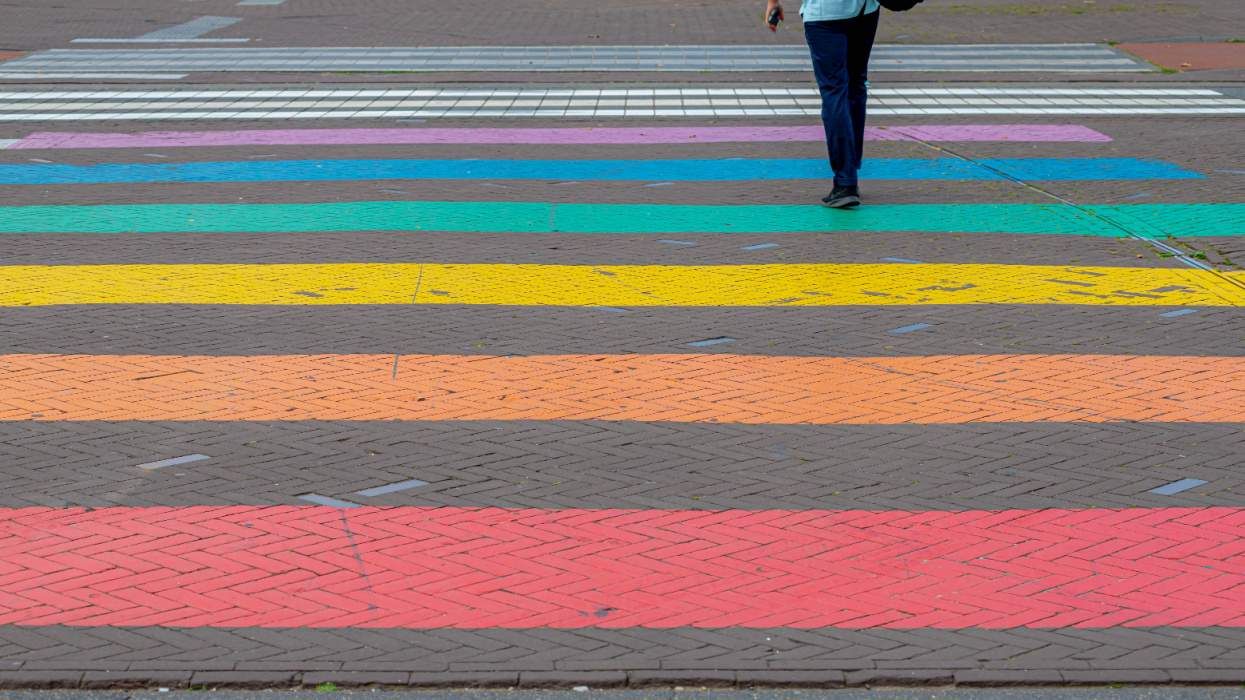

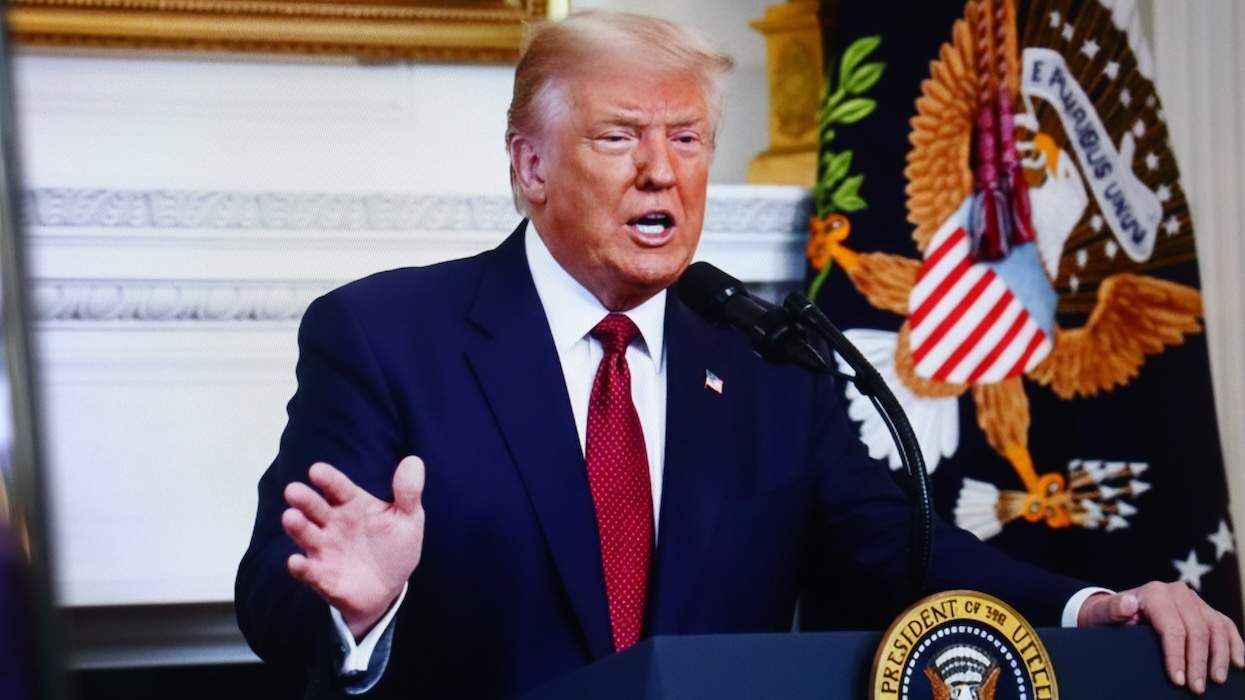
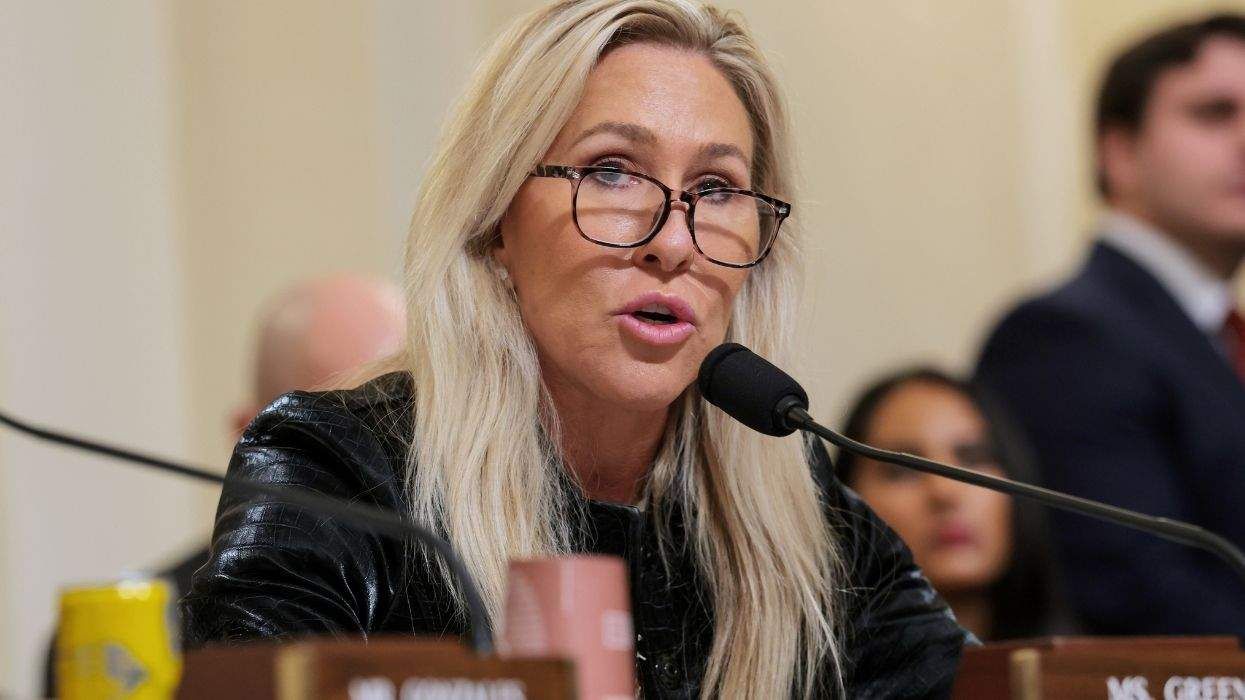
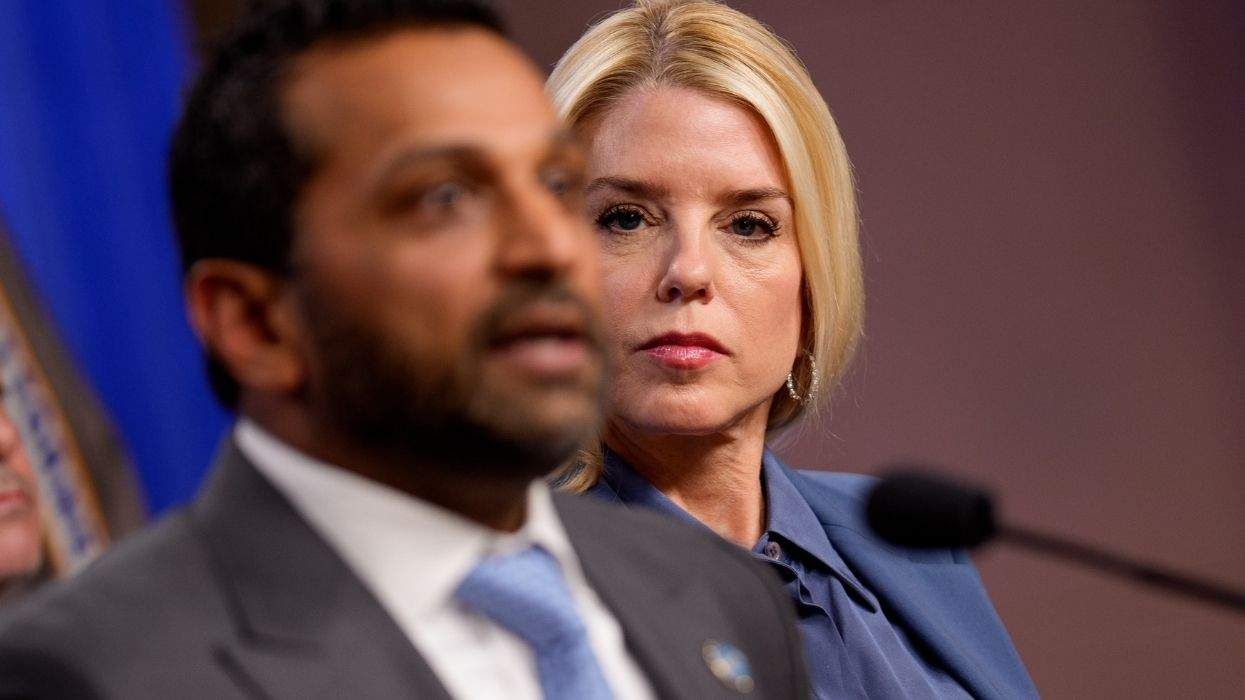

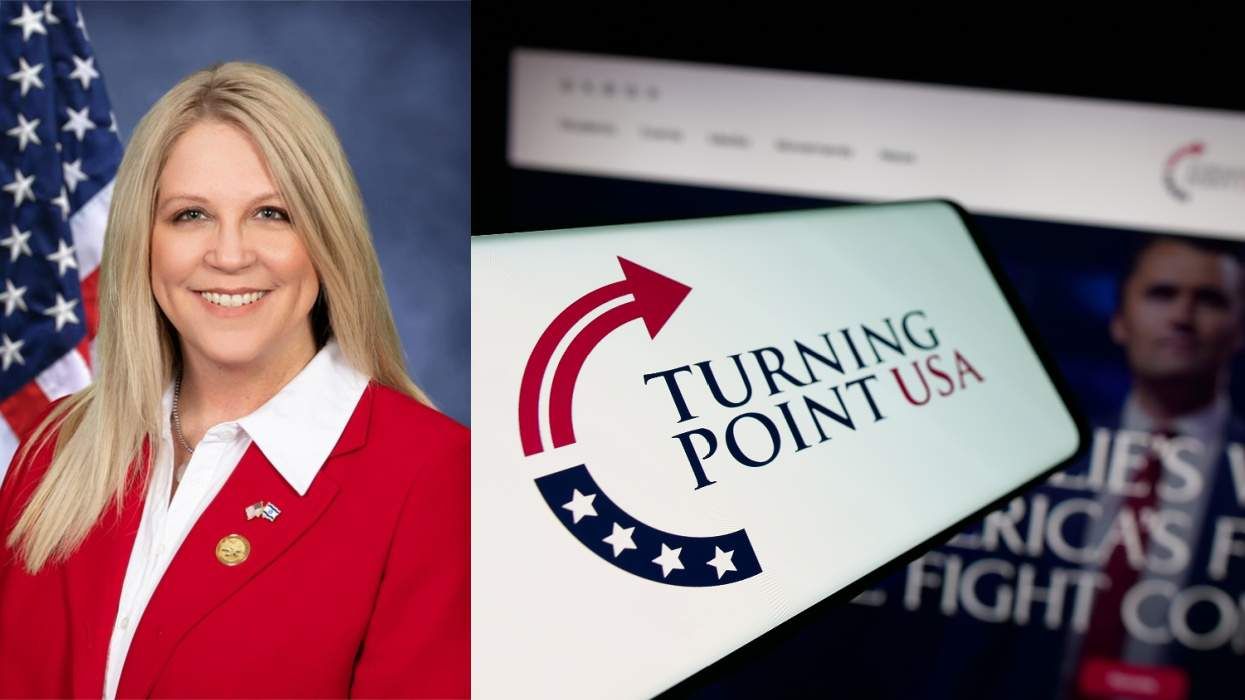

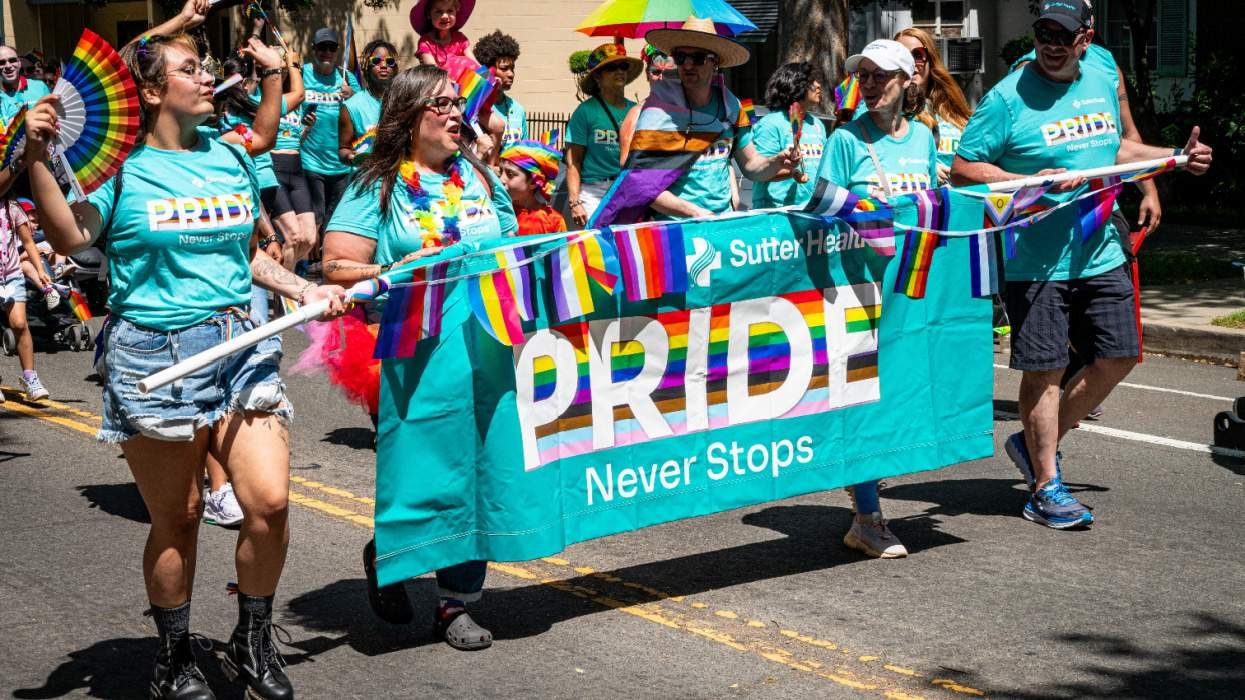
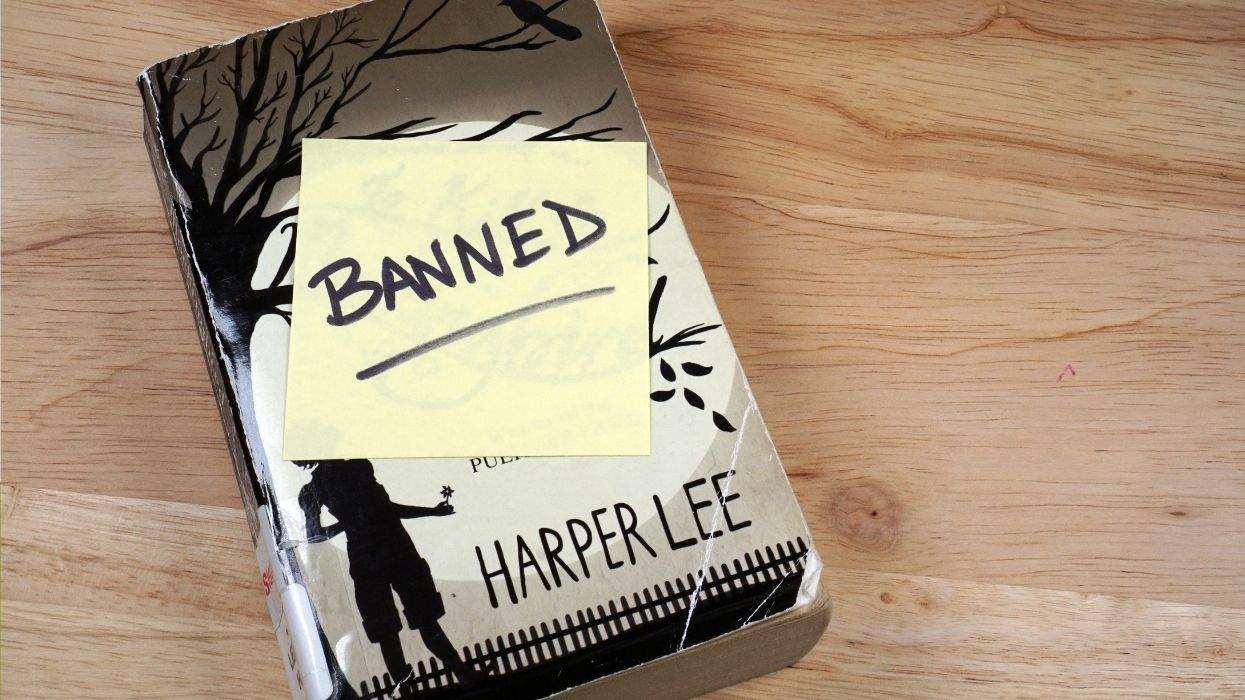
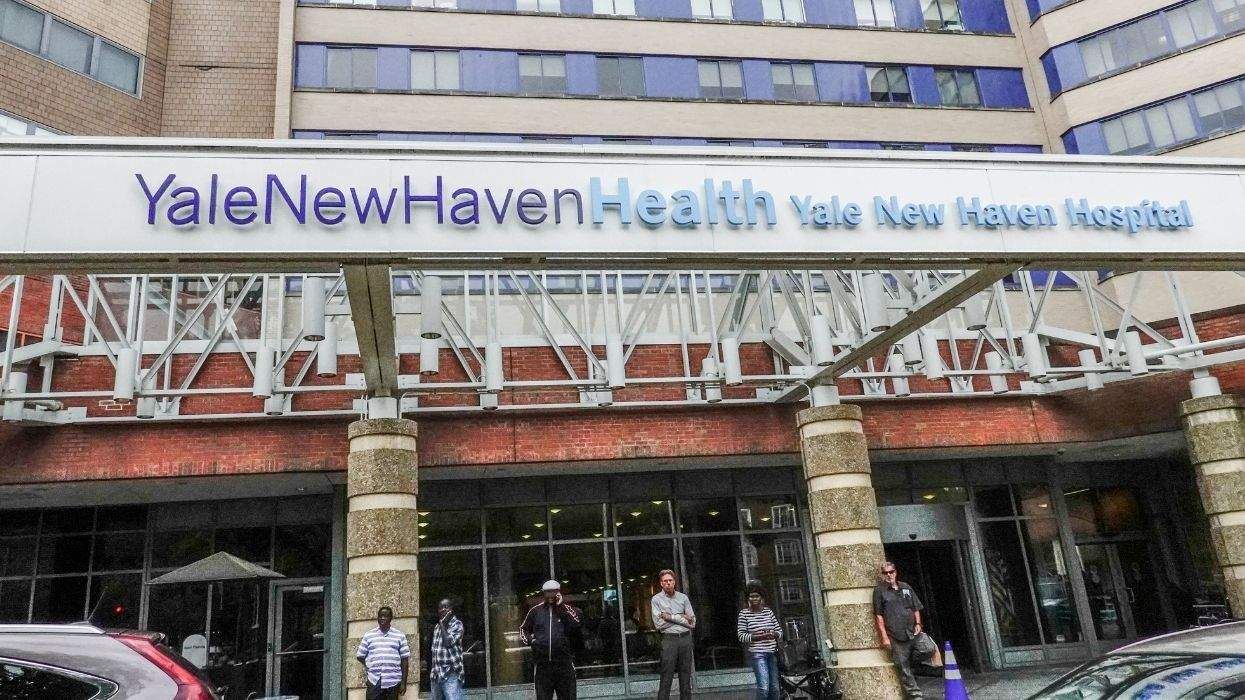
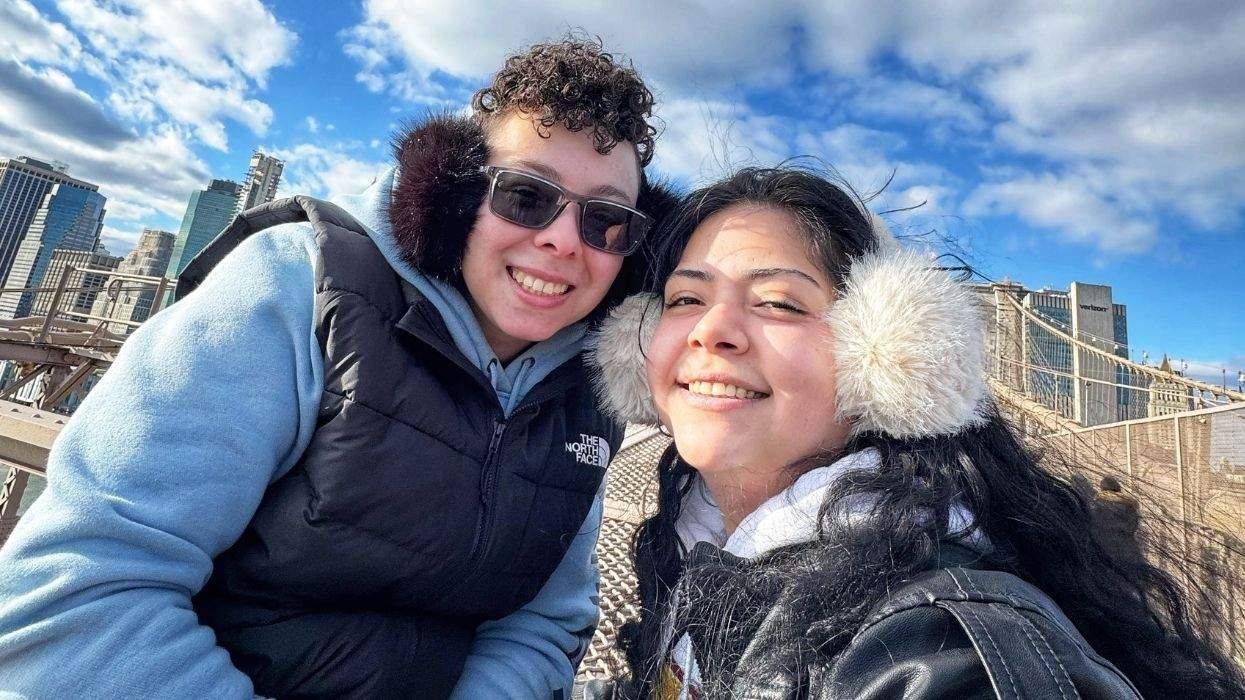
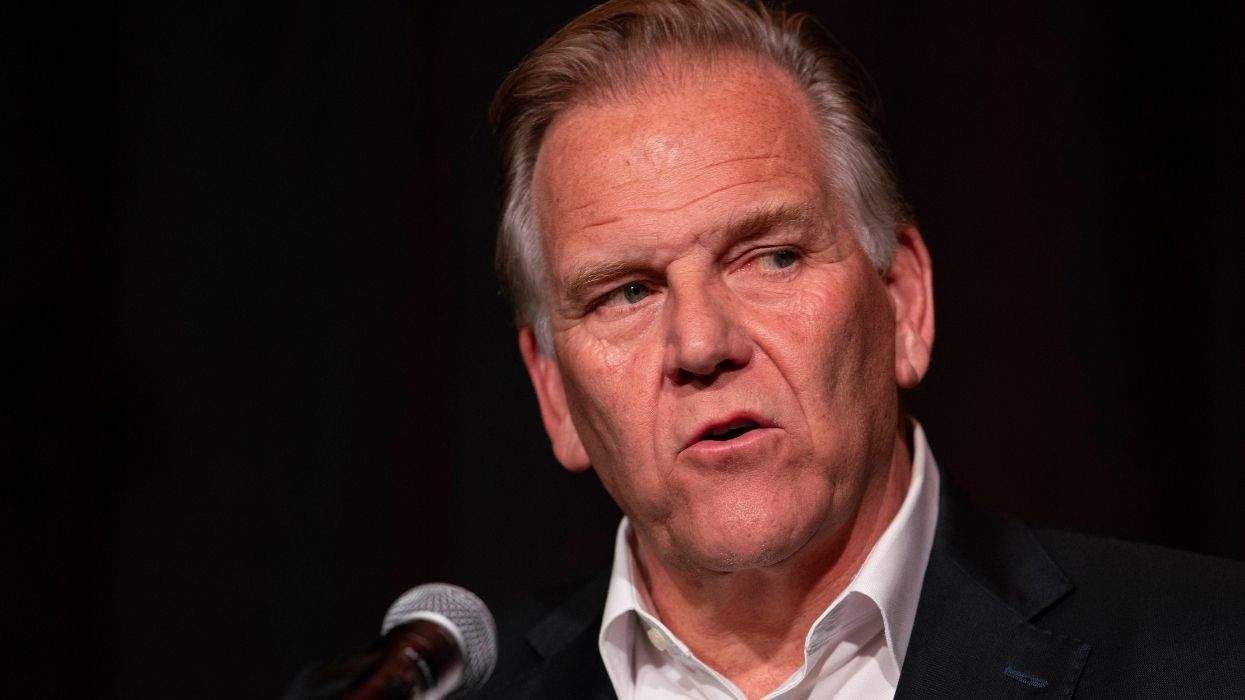
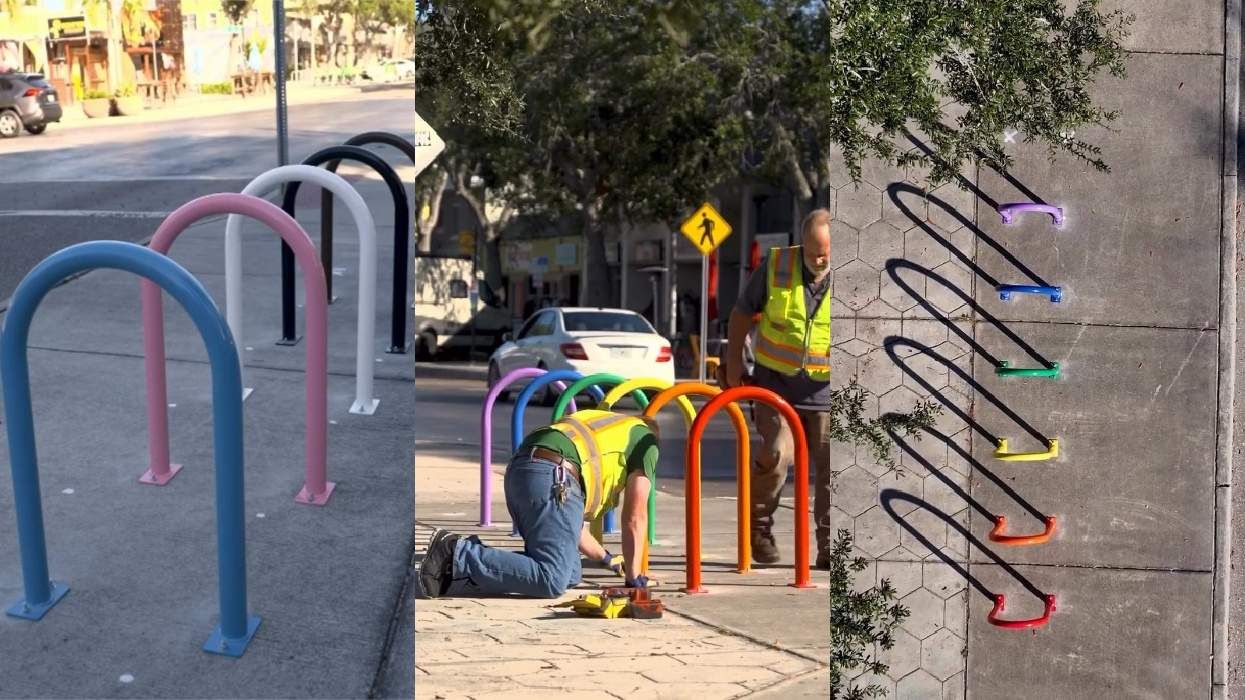
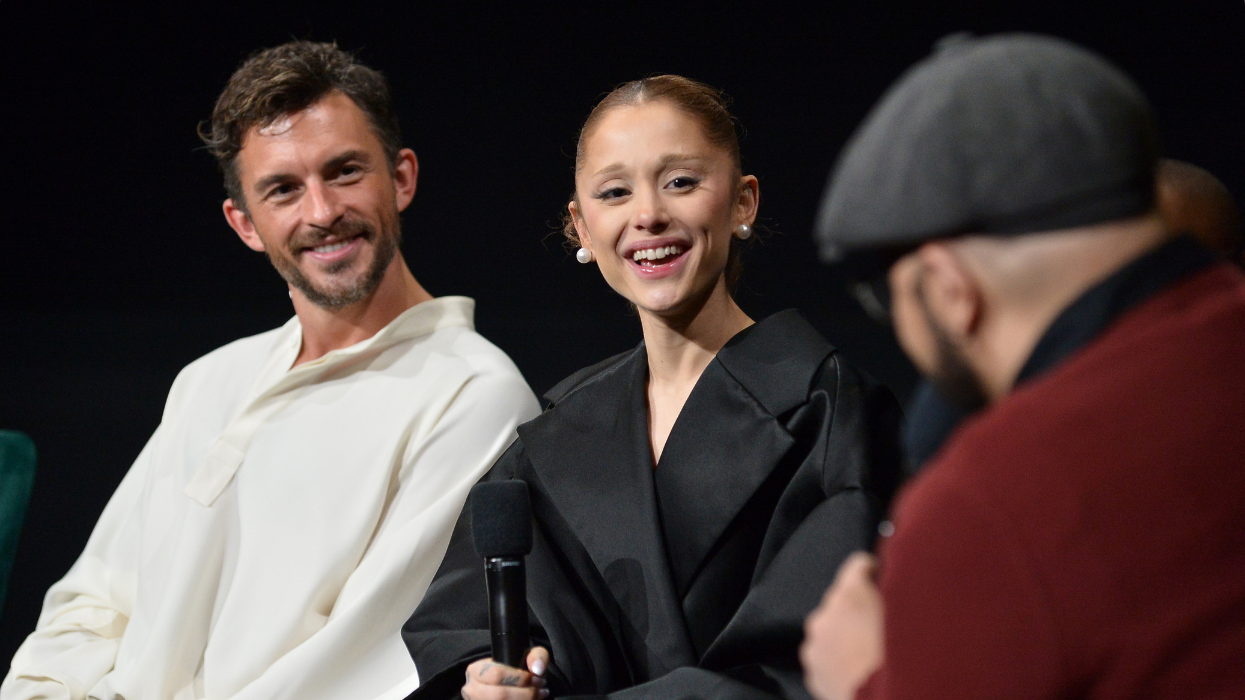

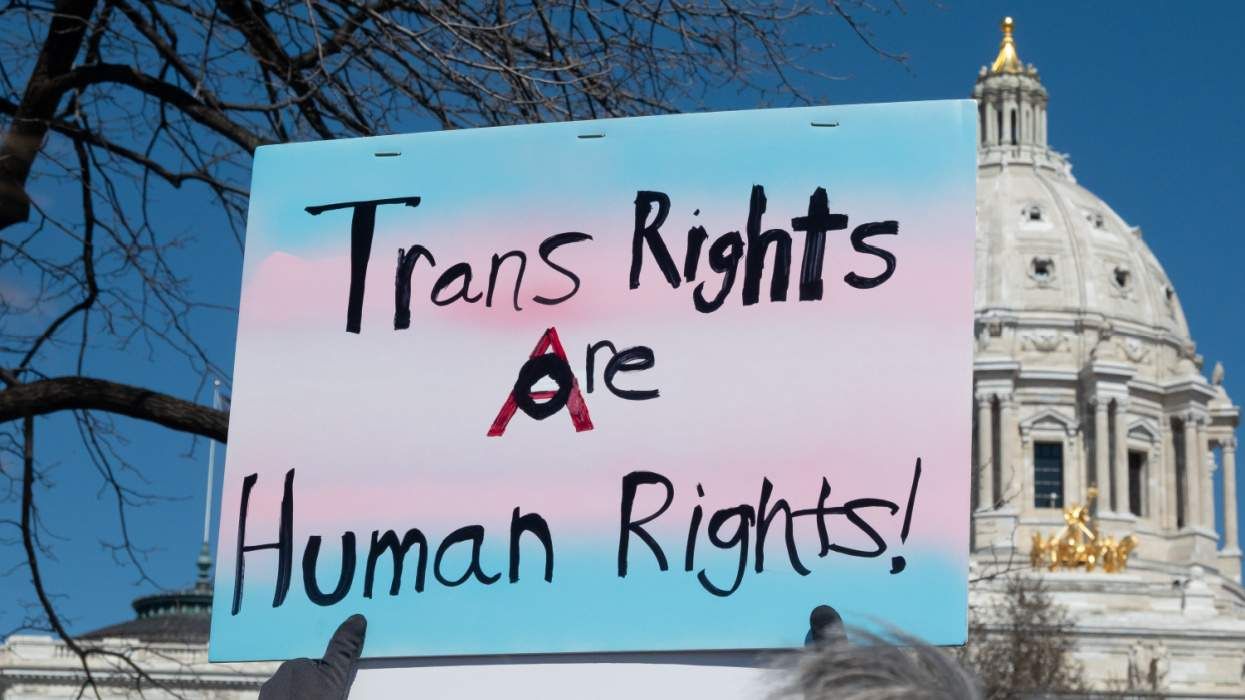



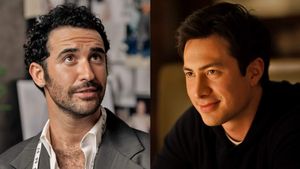
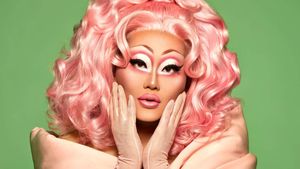



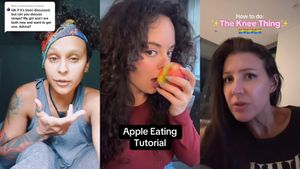
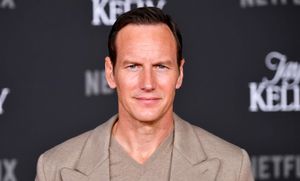



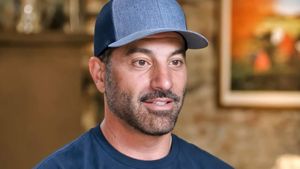




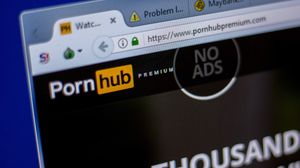

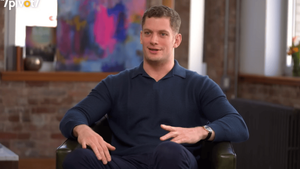





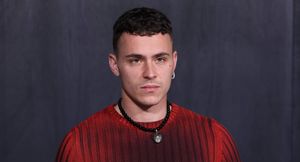






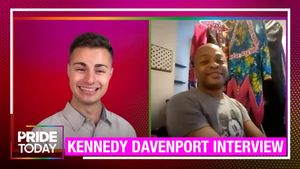





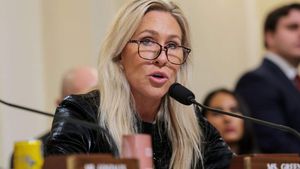

Charlie Kirk DID say stoning gay people was the 'perfect law' — and these other heinous quotes